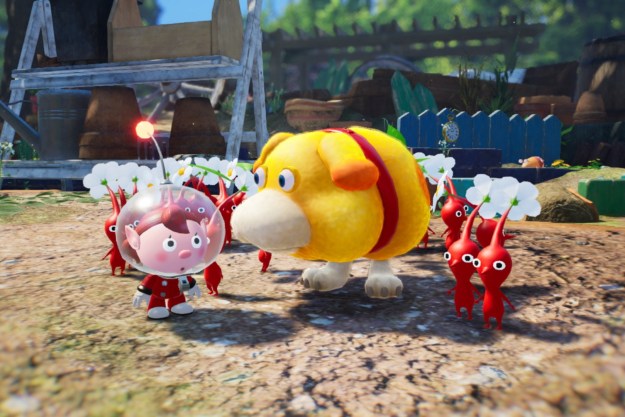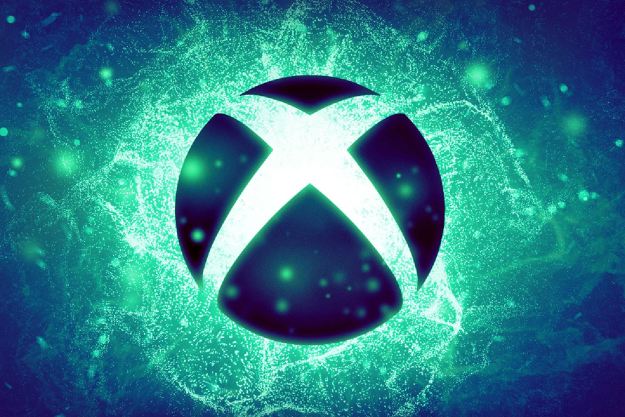
After bowling over just about everyone in its Monday press conference audience by bringing out the Beatles in the flesh to introduce the newest iteration of Rock Band, we almost overlooked the actual game which is, well… not as cool as the Beatles. But nothing really is. Be that as it may, we did have a chance to check it out in more detail Wednesday afternoon, and there’s little doubt that Harmonix pulled out all the stops in developing what’s likely to be the most popular edition of Rock Band ever produced.
Harmonix was well aware of the non-gaming audience The Beatles would likely suck into Rock Band as a result of the band’s near-universal draw, and developed the game accordingly. For instance, they’ve lowered the barriers to entry by making “no-fail mode” activate automatically in easy mode, and even in other modes, it’s now quicker to flip on for a care-free jam session. More importantly, all 45 Beatles songs included with the game are now accessible out of the box, rather than having to be unlocked, which Harmonix felt might frustrate newer players by barring them from their favorite songs.
For hardcore Beatles fans, the biggest attraction (besides all the new music) will likely be the three additional guitars to be released with the game, modeled after those John, Paul and George used at the time they played with the Beatles. For more in-game complexity, Harmonix also added three-part vocal harmonies.
Since the Beatles didn’t tour live for the second half of their career, Harmonix had to get creative and put a creative twist on the visuals for songs of that era. The company calls the results “dreamscapes,” which combine simulated footage of the Beatles playing in studio with spacey effects, such as an underwater studio for Octopus’ Garden.
The bottom line: People all over the world have waited for this particular set of songs to play.Prepare to break out your (newly available) Gretsch Duo Jet and rock out.
Editors' Recommendations
- Hades 2: release date prediction, trailers, gameplay, and more
- Madden 24’s Super Bowl LVIII prediction was eerily accurate
- Rock Band 4 gets its final piece of DLC next week after over 8 years of support
- We predicted gaming’s 2023 future last December. Here’s what we got right
- Fortnite Festival will leave you wishing for a real Rock Band revival


